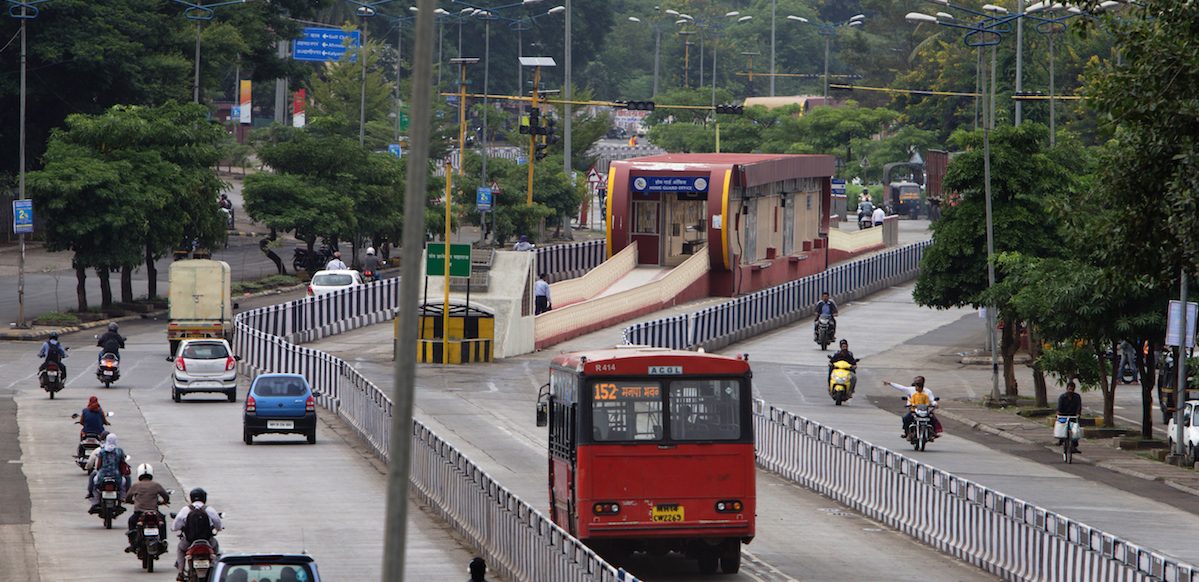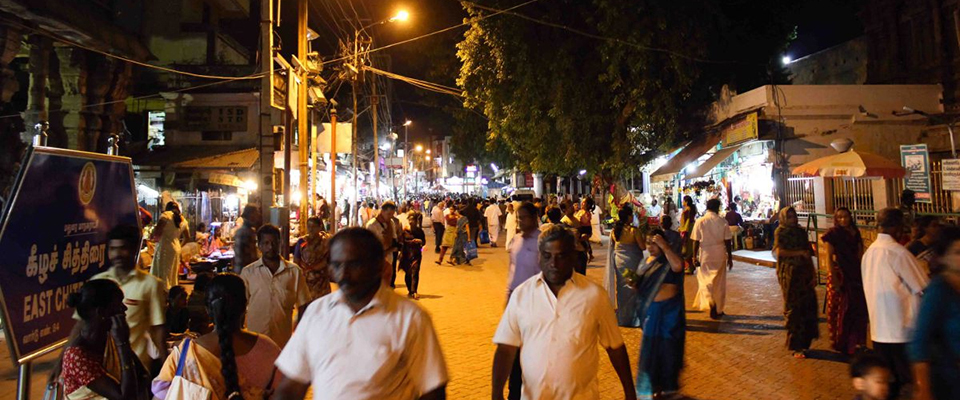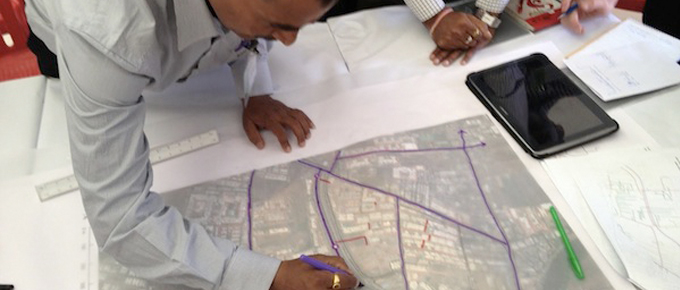ITDP brings you a monthly digest of sustainable transport and urban development news from around the world. From Ahmedabad’s new transit-oriented master plan to Paris’ plans to restrict car use, this January 2015, InFocus takes a look at what leaders around the world are doing to improve their cities.
Ahmedabad commissioner outlines plans for a congestion-free city
Ahmedabad’s path to become a people-oriented city began in 2009 with implementation of the Janmarg bus rapid transit system, followed by the creation of a transit-and people-oriented master plan. In an article for India Today, D.Thara, Municipal Commissioner, reflects on the journey so far and the way forward.
Chennai mayor says ‘NO’ to building flyovers
Recognising that flyovers are not the solution to traffic problems, Saidai S Duraisamy, Mayor of Chennai, declares that the city corporation will not build any more flyovers. Times of India reports.
Paris mayor announces plans for a car-free city centre
Anne Hidalgo, Mayor of Paris, plans to tackle traffic and pollution in the French capital by restricting car use and building cycle tracks in the city’s historic centre. Citylab reports on the details.
A growing number of mayors in the US push for better cycling policy
From obvious health benefits to bridging social divides and providing last mile connectivity, cycling is increasingly seen as an important component of urban transport. StreetsblogUSA talks to mayors from Philadelphia, Memphis and other cities in the US to find out reasons for their interest in investing in cycling.





















